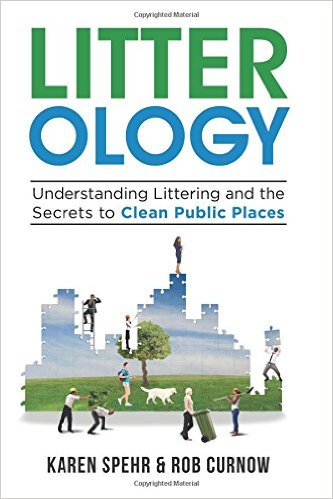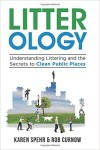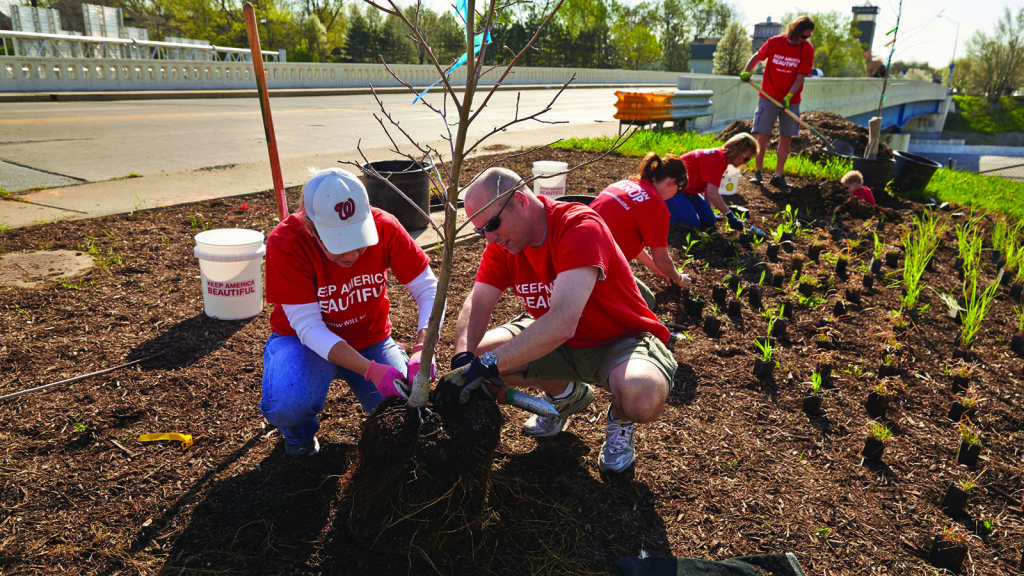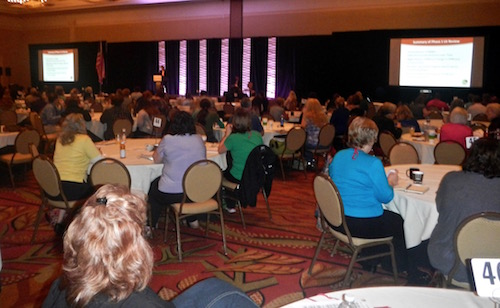 Litterology Review
Litterology Review
This is a Litterology Review- a review of the new book Litterology.
It’s sad that the planet needs a book by the name of Litterology- Understanding Littering and the Secrets to Clean Public Places (Karen Spehr and Rob Curnow, paperback, 150 pages, Environment Books 2015, $25.00). Anyone who looks around anywhere where people go will see we do, though. There is trash disposed of improperly everywhere.
Why do some people always litter? Why do some people never litter? Why do most people litter in some situations, but not in others? And most importantly, how do we change people’s behavior so that they litter less, or not at all, or even go around picking up other people’s litter?
Spehr and Curnow are environmental psychologists who have spent a good portion of their professional lives researching the answers to these questions. Littering is actually quite a complex behavior. Some of the factors that must be considered when trying to find out why people litter or why they don’t include the location where the littering or not littering is occurring, the type of object or objects being disposed of, whether bins are present or not, where the bins (if present) are placed, how well-maintained the bins are, whether or not other people are littering, and whether the disposer thinks they are being watched or not.
In general, clean places tend to stay clean and littered places tend to stay littered. Large public gatherings tend to bring out the worst in disposal behavior among everyone who attends. Figuring out why clean places stay clean is an important consideration when trying to change the behavior of people who are littering in a trashy area. Changing the behavior of large numbers of human beings is a tough thing to do.
If you consider yourself to be a responsible individual, particularly one who manages any kind of public space, this book should rocket to the top of your must-read list. You will get insights into this dark side of human behavior and how to change it you would never get any other way. It’s a tremendous tool for those charged with managing litter, one that has been sorely needed. Litterology has my highest recommendation.
-John Kumiski




Recent Comments